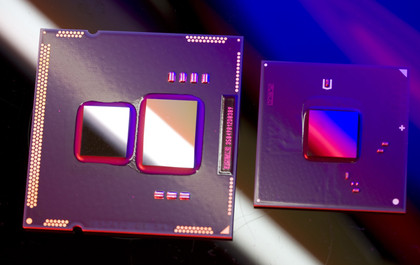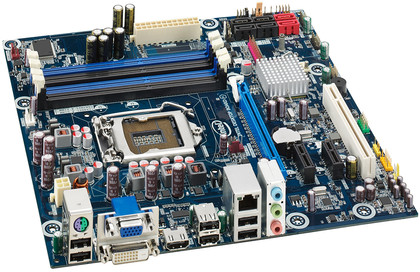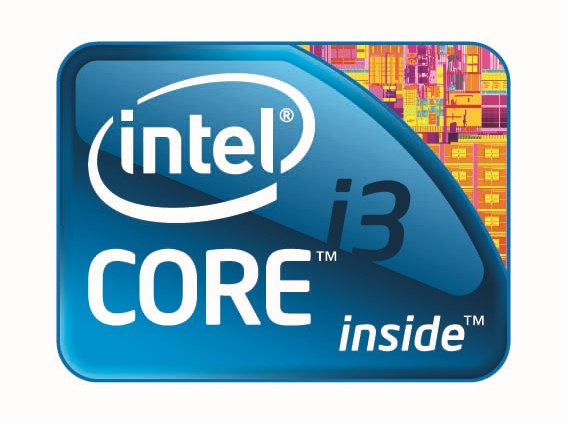Why you can trust TechRadar

Anyhoo, a broad range of Westmere-based Core i3 and Core i5 chips is available from today, ranging from the 2.93GHz Core i3 530 up to the 3.46GHz Core i5 670.
All are dual-core CPUs with 4MB of on-die cache, a dual-channel DDR3 memory controller and that integrated graphics core.
Nothing to do with Larrabee
As for the latter, don't get too excited. It's a close relation to Intel's existing and underwhelming integrated motherboard GPUs.
It gets an extra pair of shaders to give a grand total of 12, along with higher clocks and improved video decode support. That decode performance will be handy for laptop variations on the Westmere theme (review coming soon), but fundamentally, it's not a new graphics design.
For the record, it's also worth noting that the presence of graphics in Clarkdale CPUs means a new motherboard is required.

While the existing LGA1,156 socket interface is retained, routing and outputs for the graphics are needed. They're provided by the new Intel 57 series chipset.
Sign up for breaking news, reviews, opinion, top tech deals, and more.
All of which brings us to the minor matter of how this new budget Intel beastie performs. Our main focus for testing is the Core i5 661, officially a 3.33GHz model with purported Turbo frequencies up to 3.6GHz. However, we'll also be able to draw conclusions about the pace of cheaper Core i3 models.
Overall, our initial impressions are mixed. The good news is that raw CPU performance is immense for a dual-core processor. In fact, the dual-core i5 661 delivers comparable performance to a quad-core chip from Intel's older Core 2 family of processors.
Core i3 models such as the 2.93GHz 530 and 3.06GHz 540 will only be slightly behind.
Doubts creep in
The performance of the integrated graphics isn't too hideous, either. It's approximately on a par with the previous generation of competing motherboard-based solutions from the likes of AMD and Nvidia. That actually represents an improvement for Intel.
Where doubts creep in, however, regards the thermal implications of housing both graphics and CPU in a single package. The 661 has little stomach for overclocking. More worryingly, it refuses to hit Intel's claimed 3.6GHz in turbo mode. 3.45GHz is as good as we got.
As a solution for cheap and cheerful computing, such considerations carry little weight. But it does give the impression of an architecture running close to its design limits. Likewise, there's plenty to turn off PC enthusiasts looking for a cut-price route to high performance.
We are not, therefore, overly enamoured by Westmere as a desktop chip. For now, there are too many drawbacks and too few advantages (read none) with the CPU-GPU fusion design for the desktop.
In laptop PCs, however, things could be different. To find out more about the impact Westmere has on Intel's new mobile platform, check back soon for our exclusive review.
Technology and cars. Increasingly the twain shall meet. Which is handy, because Jeremy (Twitter) is addicted to both. Long-time tech journalist, former editor of iCar magazine and incumbent car guru for T3 magazine, Jeremy reckons in-car technology is about to go thermonuclear. No, not exploding cars. That would be silly. And dangerous. But rather an explosive period of unprecedented innovation. Enjoy the ride.
